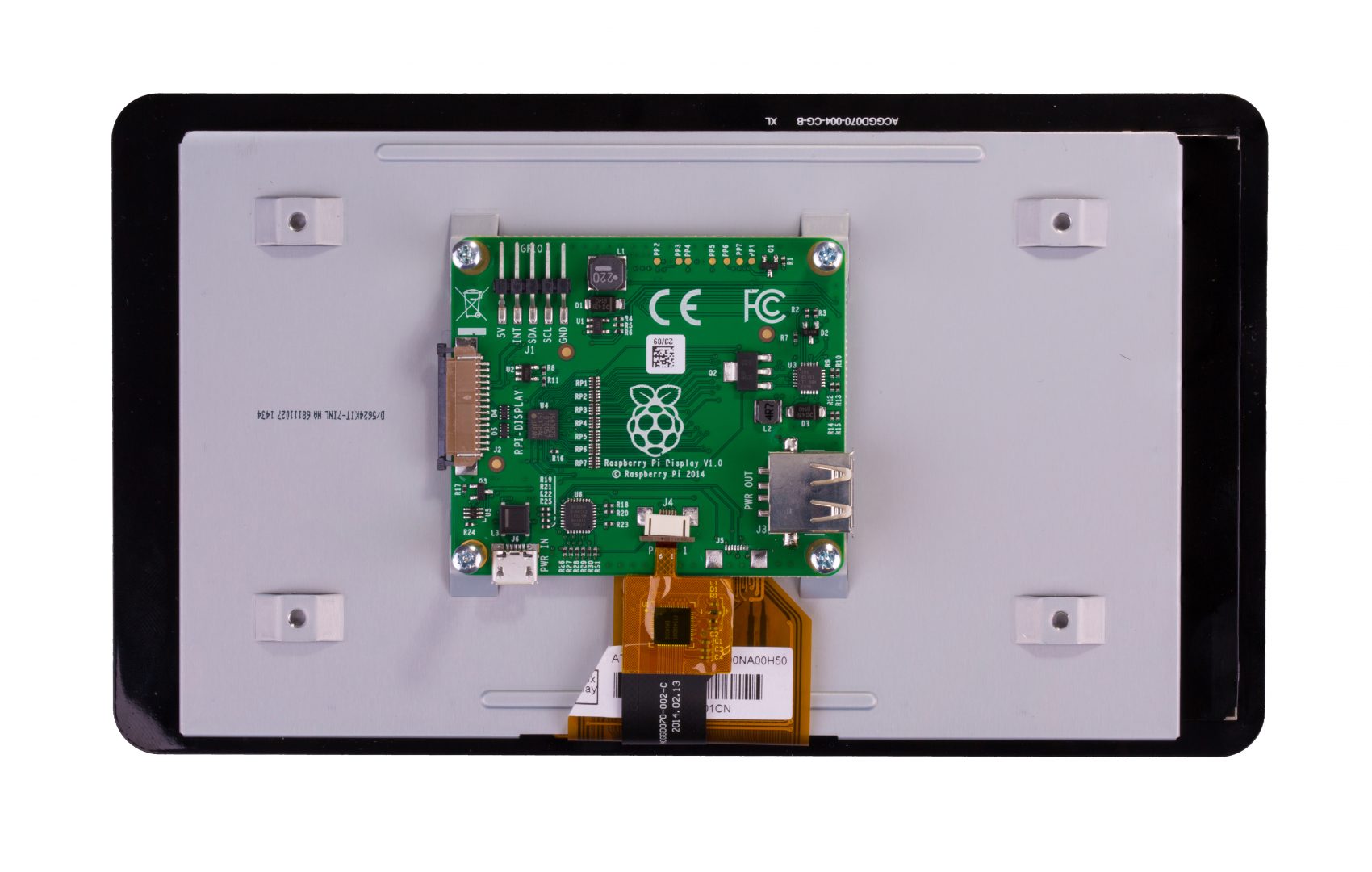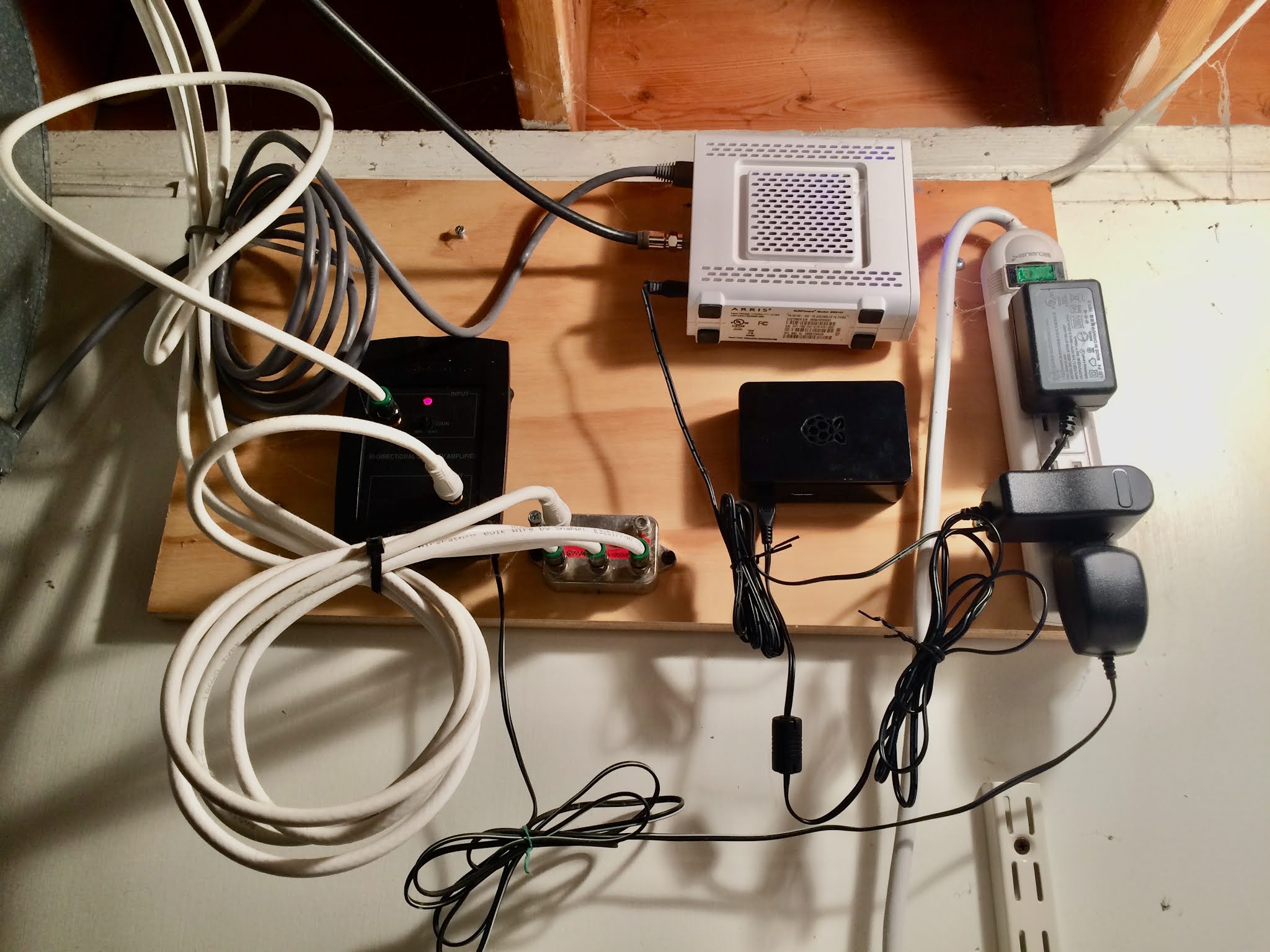How To Monitor Raspberry Pi Remotely With Free Apps
Ever wondered how you can keep an eye on your Raspberry Pi from anywhere without breaking the bank? Well, you're in the right place, my friend. Monitoring Raspberry Pi remotely using free apps is not only possible but also super convenient. Whether you're a tech enthusiast or just someone who loves tinkering with gadgets, this guide will show you how to harness the power of free tools to manage your Pi effortlessly. So buckle up, because we're about to dive deep into the world of remote Raspberry Pi management!
Picture this: you're chilling at your favorite coffee shop, sipping your latte, and suddenly you need to check something on your Raspberry Pi back home. Sounds stressful, right? Not anymore. With the right free apps, you can access and monitor your Pi from virtually anywhere. This article will walk you through the best options, tips, and tricks to make your life easier. Plus, we’ll ensure it’s all budget-friendly because who doesn’t love saving some cash?
Before we get into the nitty-gritty, let me assure you that this isn't just another tech article filled with jargon. We're going to break things down in a way that even your grandma could understand. By the end of this, you'll be monitoring your Raspberry Pi like a pro. Trust me, you'll thank yourself later for reading this!
- Short Shaved Hairstyles For Older Ladies Bold Beautiful And Timeless
- Hairstyles For Over 50 With Thick Hair Embrace Your Natural Beauty
Understanding the Basics of Raspberry Pi Remote Access
First things first, let’s talk about what exactly we’re dealing with here. A Raspberry Pi is essentially a tiny computer that can do everything from running media centers to automating your home. But what happens when you’re not physically near it? That’s where remote access comes in.
Remote monitoring allows you to connect to your Raspberry Pi from another device over the internet. Think of it as giving your Pi a virtual handshake from afar. This is incredibly useful for troubleshooting, running scripts, or even just checking on its status. And the best part? You don’t need expensive software to do it.
There are several ways to achieve this, but today we’ll focus on free apps that make the process smooth and hassle-free. Whether you’re using a smartphone, tablet, or another computer, these tools have got you covered.
- Pictures Of Short Hair For Women Over 50 Embrace Your Bold Side
- Best Hairdos For Women Over 60 Embrace Your Style With Confidence
Top Free Apps for Monitoring Raspberry Pi Remotely
Now that we’ve set the stage, let’s dive into the main event – the free apps that will change your life. Here’s a rundown of the top contenders that you should definitely check out:
1. VNC Viewer
VNC Viewer is a classic choice for remote desktop access. It lets you control your Raspberry Pi as if you were sitting right in front of it. The interface is user-friendly, and the performance is top-notch. Plus, it’s available on multiple platforms, so you can use it on your phone, tablet, or computer.
- Free to download and use
- Supports high-resolution screens
- Works seamlessly with Raspberry Pi OS
2. SSH (Secure Shell)
SSH might not be an app in the traditional sense, but it’s a powerful tool for remote access. With SSH, you can securely connect to your Raspberry Pi’s terminal from any device. It’s lightweight, secure, and perfect for running commands or scripts remotely.
- Completely free and built into most Linux distributions
- Supports encryption for secure connections
- Great for power users who love working in the terminal
3. TeamViewer
TeamViewer is another popular option for remote access. It’s easy to set up and offers a ton of features, including file transfer and screen sharing. While it’s primarily known for Windows and macOS, it works just as well with Raspberry Pi.
- Free for personal use
- Supports cross-platform connections
- Reliable and stable performance
Setting Up Remote Access on Your Raspberry Pi
Alright, now that you know which apps to use, let’s talk about how to set them up. This part might sound a little technical, but don’t worry – I’ve got your back. Here’s a step-by-step guide to getting your Raspberry Pi ready for remote monitoring:
Step 1: Enable SSH
SSH is your best friend when it comes to remote access. To enable it on your Raspberry Pi, follow these simple steps:
- Open the Raspberry Pi Configuration tool
- Navigate to the "Interfaces" tab
- Select "SSH" and enable it
- Reboot your Raspberry Pi
Step 2: Install VNC Server
If you prefer a graphical interface, VNC is the way to go. Here’s how to install it:
- Open the terminal on your Raspberry Pi
- Type "sudo apt-get install realvnc-vnc-server realvnc-vnc-viewer" and hit enter
- Follow the on-screen instructions to complete the installation
Step 3: Configure TeamViewer
TeamViewer is a breeze to set up. Just download the installer from their website and follow the prompts. Once it’s installed, you’ll be ready to roll in no time.
Tips for Secure Remote Access
While remote access is awesome, it’s important to prioritize security. Here are a few tips to keep your Raspberry Pi safe:
- Use strong, unique passwords for your Pi
- Enable two-factor authentication whenever possible
- Keep your software up to date to patch vulnerabilities
- Avoid using public Wi-Fi for sensitive tasks
Remember, security is like a lock on your front door – it’s there to keep the bad guys out. Don’t skimp on it, or you might regret it later.
Common Issues and Troubleshooting
Even with the best tools, things can sometimes go wrong. Here are some common issues you might encounter and how to fix them:
Issue 1: Unable to Connect
If you can’t connect to your Raspberry Pi, double-check your network settings. Make sure your Pi is connected to the same Wi-Fi network as your device. Also, verify that the necessary ports are open on your router.
Issue 2: Slow Performance
Slow performance can be frustrating, but it’s usually caused by a weak internet connection. Try moving your devices closer to the router or switching to a wired connection if possible.
Issue 3: Security Warnings
If you see security warnings, don’t panic. Simply update your software and ensure you’re using the latest versions of your apps. This should resolve most issues.
Why Free Apps Are the Best Choice
Let’s face it – nobody likes spending money when they don’t have to. Free apps for monitoring Raspberry Pi remotely offer a ton of benefits without costing you a dime. Here’s why they’re worth considering:
- They’re budget-friendly and perfect for hobbyists
- Many of them are developed by reputable companies
- They often come with active communities for support
Plus, most of these apps are open-source, which means they’re constantly being improved by developers around the world. It’s a win-win situation!
Real-World Applications of Remote Raspberry Pi Monitoring
So, why would you want to monitor your Raspberry Pi remotely anyway? Here are a few practical use cases:
- Running a home automation system
- Managing a media server
- Checking on security cameras
- Debugging scripts and programs
As you can see, the possibilities are endless. Whether you’re a tech enthusiast or just someone who loves automation, remote monitoring can make your life a whole lot easier.
Data and Statistics to Support the Trend
According to recent studies, the demand for remote access tools has skyrocketed in recent years. In fact, the global remote access market is expected to reach $15 billion by 2025. This growth is largely driven by the increasing popularity of IoT devices like Raspberry Pi.
Furthermore, surveys show that over 70% of Raspberry Pi users rely on remote access for their projects. This statistic highlights the importance of having reliable tools at your disposal. By using free apps, you can tap into this trend without breaking the bank.
Conclusion: Take Action Today!
And there you have it – everything you need to know about monitoring Raspberry Pi remotely with free apps. From VNC Viewer to SSH and TeamViewer, the options are endless. By following the steps outlined in this guide, you’ll be well on your way to mastering remote access.
So, what are you waiting for? Grab your Raspberry Pi, download your favorite app, and start exploring. And don’t forget to leave a comment below letting us know which app you liked the most. Sharing is caring, after all!
Oh, and if you enjoyed this article, be sure to check out our other guides on all things tech. Trust me, you won’t regret it!
Table of Contents
- Understanding the Basics of Raspberry Pi Remote Access
- Top Free Apps for Monitoring Raspberry Pi Remotely
- Setting Up Remote Access on Your Raspberry Pi
- Tips for Secure Remote Access
- Common Issues and Troubleshooting
- Why Free Apps Are the Best Choice
- Real-World Applications of Remote Raspberry Pi Monitoring
- Data and Statistics to Support the Trend
- Conclusion: Take Action Today!
- Layered Hairstyles For Over 60 With Glasses A Fashionable Guide To Looking Fabulous
- Cute Trendy Haircuts The Ultimate Guide To Finding Your Perfect Look

How To Monitor Raspberry Pi Remotely With A Free App

How To Monitor Raspberry Pi Remotely With A Free App

How To Monitor Raspberry Pi Remotely With A Free App A Complete Guide